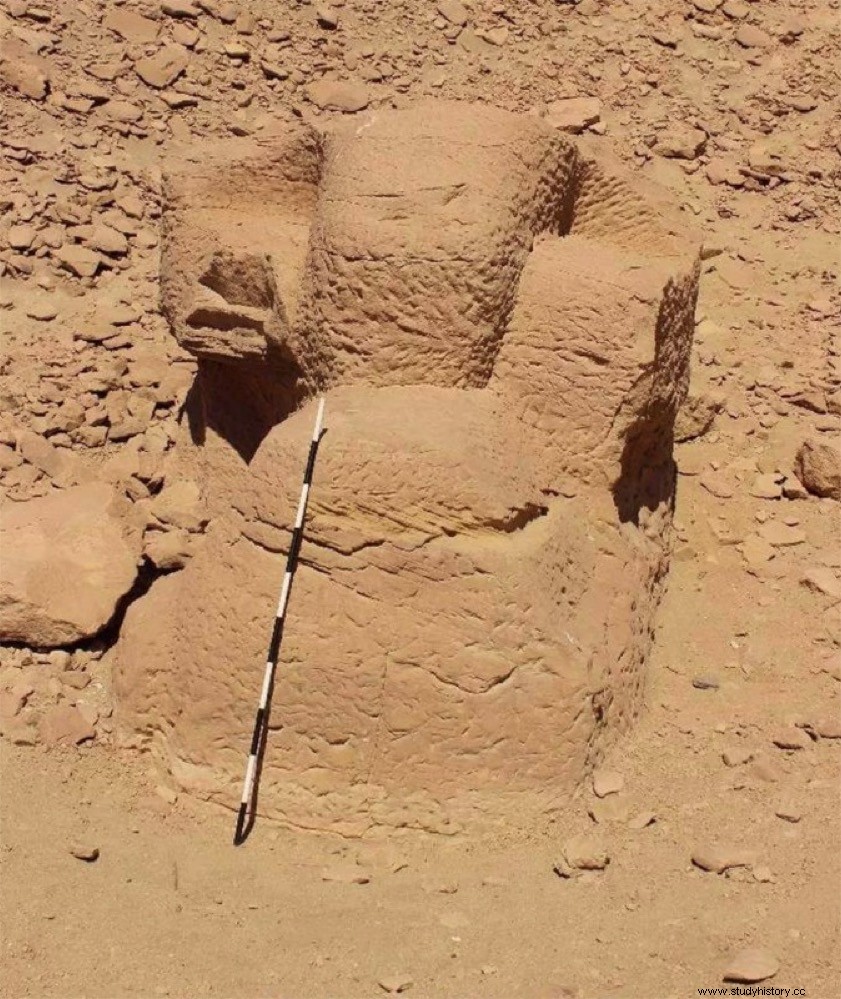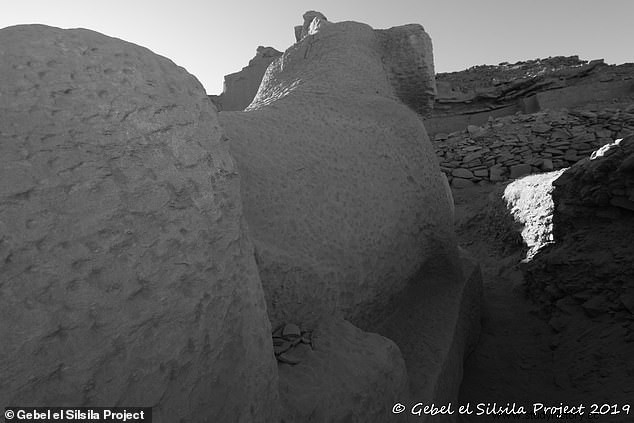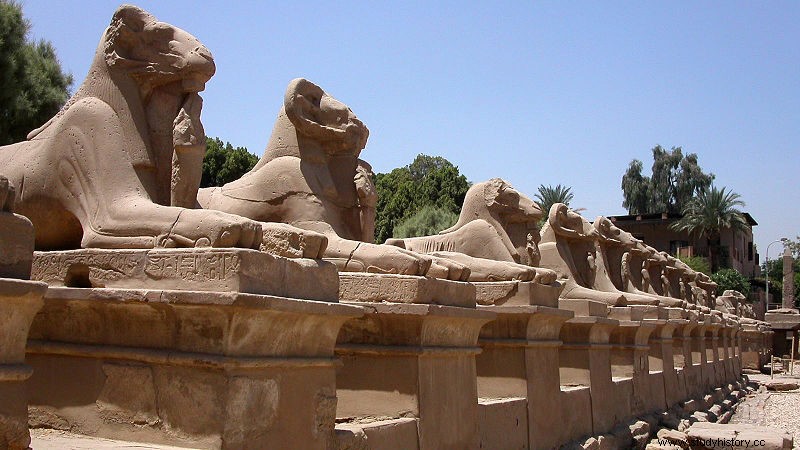In the Gebel el-Silsila quarry near Aswan in Egypt, archaeologists have discovered the remains of a 3,000-year-old workshop containing several unfinished sculptures, including a ram-headed sphinx chiseled from sandstone. The workshop is believed to date from the 18th dynasty, during the reign of Amenhotep III.

The Swedish-Egyptian team also found numerous fragments of hieroglyphic inscriptions, as well as a sphinx possibly used for apprentice practice, as detailed in an article on the project's blog.
Part of the ram's head of the sphinx was already visible before the excavations, after which the rest of the body was discovered, measuring about 5 meters long by 3.5 meters high.
However, the upper half of the head is broken and has disappeared. Next to the stomach of this is where the smallest practice sphinx was found.
Among the finds there is also a sculpture of a coiled cobra, probably carved to crown the head of the cryosphinx . A cryosphinx It is characterized by having the body of a squatting or lying lion, with long legs and a ram's head with curved horns.
It is associated with the god Amun-Ra and symbolizes both physical power and fertility, as it combines the strength of the lion with the ardor of the ram.

Sphinxes similar to the one found can be seen along the dromes of the Amun temples at Karnak and Napata. In this case it seems that the cryosphinx It was abandoned after breaking when trying to transport it (something common, as we saw in the article dedicated to the Kuroi of Naxos) or it could have been abandoned, according to Maria Nilsson, an archaeologist at Lund University and director of the excavations, due to the death of the pharaoh :there is no obvious reason for it to be abandoned, it has a hairline crack on its forehead, but it is unlikely the damage would be serious enough to ruin such a large statue .

In the immediate vicinity of the sphinx, fragments of a sanctuary of Amenhotep III, who ruled Egypt from 1390 BC, appeared. to 1350 BC, including an inscription in red ocher on stone dating from the opening of the quarry.
